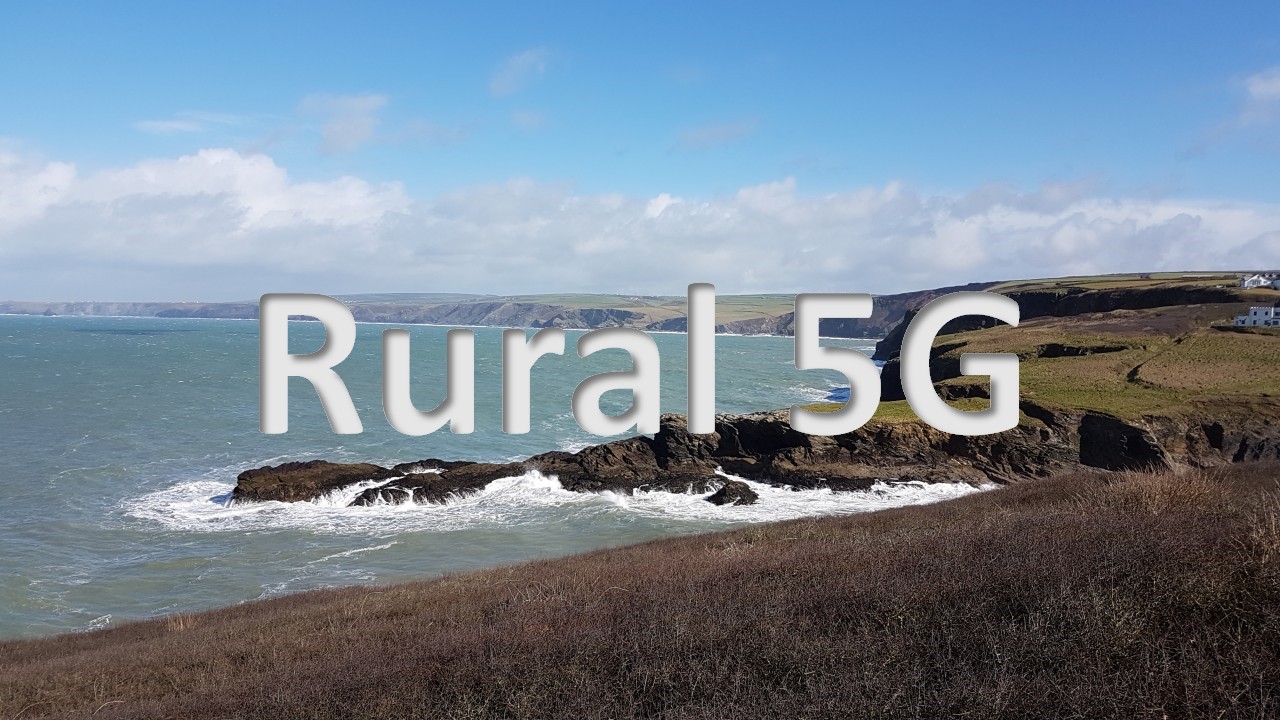Edge compute for rural 5G
|
Blog,

This article first published on LinkedIn on January 19, 2021.
There are many articles discussing the options and benefits of 5G in city and industrial settings, subjects such as smart cities and industrial IOT are well described. I was thinking about the practical application of 5G in rural settings. In the countryside things are different requiring that solutions are different. For example, it makes little sense to install 5G macro infrastructure when there is little or no one, or thing, to use it. Reviewing the UK ONS data 2015 it can be seen that 9.3m people or 17% of the UK population live in what is classed as a ‘rural setting’. I would speculate that the UK has a relatively high rural population when compared with other countries. This confirms my thinking that installing wide area 5G coverage does not make good financial sense.
When considering rural coverage, the minimum need is a basic layer for emergency assistance, this is provided by legacy technology in many areas and should remain as such. The question for 5G use note changes to ‘why and where is 5G really needed’? To know the answer to this use cases that really need 5G must be identified. From these a viable, realistic business case and implementation plans can be generated.
There are many possible use cases for rural 5G and solutions. For the remainder of this post I will consider pastoral farming where real time stock management is a key use case. It is likely that the WAN link (cabled broadband) to the farm has limits. A simple use case might be to know where animals are and that they are safe. Another use case might be to know an animal is ‘well’ with sensors tracking items such as temperature and movement to confirm each animal is not sick or suffering.
To implement a method of control, different elements are needed to build a solution. IOT devices could be attached to the animal for monitoring purposes. A reliable radio network for these devices to communicate with a local server to process data and identify any anomalies would also make sense. A private cellular network (PCN) with ‘edge compute’ attached is one such solution. Using ‘edge compute’ removes the cost of data transfer to/from a remote cloud solution keeping farm WAN (broadband) utilisation low and available for other purposes, for example, the farmers nightly Netflix stream (other video content providers are available of course). In conclusion, when considering rural 5G I would recommend the emphasis on having technology where it is really needed and minimise unnecessary data transfer burden across WAN links.
References: 5G RuralFirst, Rural population 2014/15 – GOV.UK (www.gov.uk)
